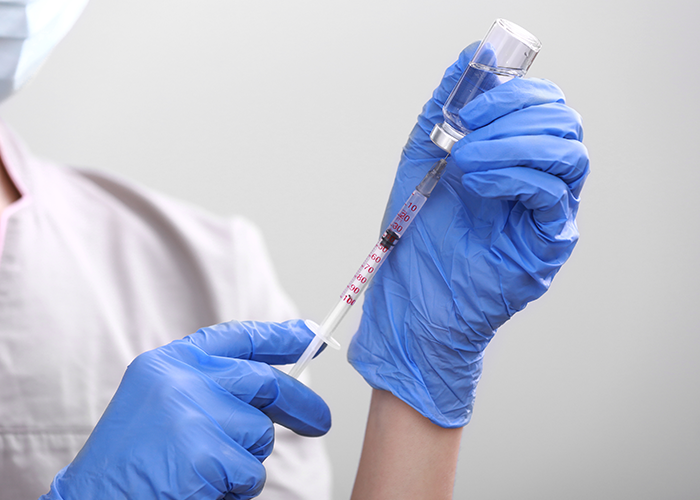Which workers are most at risk for sharps injuries?

Morgantown, WV — A recent study of work-related sharps injuries shows that health care workers had a sixfold higher risk than all other workers – but other workers are at risk, too.
Although sharps injuries – involving syringe needles, scalpel blades and other objects that come into contact with body fluids – are typically considered specific to health care, they also occur in other industries. These injuries can expose workers to bloodborne pathogens and germs, such as hepatitis B, hepatitis C and human immunodeficiency virus.
NIOSH researchers looked at 2006-2020 data from the National Electronic Injury Surveillance System – Occupational Supplement. Based on a sample of work-related sharps injuries treated at 67 U.S. hospital ERs, they calculated national estimates and rates for U.S. workers.
Of an estimated 875,900 work-related sharps injuries treated, 84% were sustained by health care workers. After health care, sharps injuries occurred most often in four other industries:
- Justice, public order and safety
- Traveler accommodation
- Colleges, universities and professional schools such as junior colleges
- Pharmacies and drug stores
Most of the injuries were sustained by women and among workers younger than 35. A finger was the most common body part injured, followed by a hand and lower arm.
The researchers advocate standardized education for all workers at risk of sharps injury. They add that prevention efforts should be tailored specifically to young workers, while continual surveillance can help prioritize worker health and safety.
The study was published online in the Journal of Occupational and Environmental Medicine.

